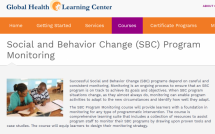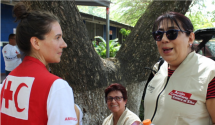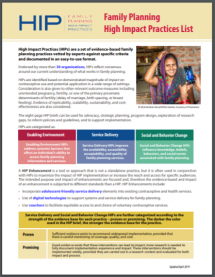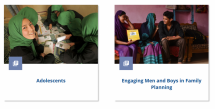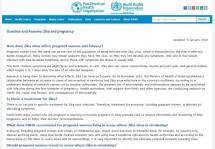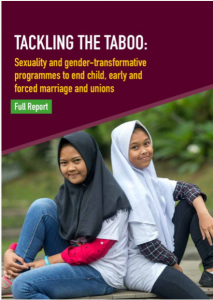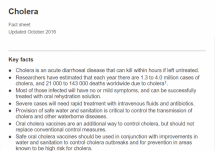Technical Specifications Content Guide for Behaviors with High Potential to Prevent Zika
The objective of this guide is to specify the evidence-based technical requirements and steps to be followed for the practice of each behavior to achieve the desired impact: reducing the risk of negative consequences caused by Zika during pregnancy.
This guide accompanies the Zika Prevention Behavior Matrix, which analyzes the efficacy and feasibility of seven behaviors with high potential to prevent the transmission of Zika and Congenital Zika Syndrome, based on a review of existing literature, data, and consultation with implementing partners of the USAID Zika response in several countries of Latin America and the Caribbean.
One of the findings of this analysis has been the need to be more specific in the promotion of prevention behaviors to maximize the potential effectiveness of each behavior. This level of specificity requires more detailed technical information and specific steps to facilitate the adoption of the desired behavior.
This guide contains specific technical steps and requirements that should serve as an input for social and behavior change (SBC) strategies and for the construction of messages addressed to specific groups (for example, pregnant women). In addition, the guide includes recommendations for the promotion of each behavior based on recent experiences of Zika response programs.
The user of this guide should adapt the technical content to their context, using local phrases and terms to ensure maximum understanding of how to carry out the prevention behaviors effectively. This technical content is an input for the development of activities and communication messages, which should be in turn developed to appeal to the strongest local motivators to achieve the desired behavior change. The more key actors in the response to Zika who use, adapt and incorporate the technical content of this guide, the greater the harmonization of technical information that is promoted, which is of vital importance to achieve mutual support and synergy of the various Zika prevention activities.
Last modified: August 30, 2019
Language: English, Spanish

